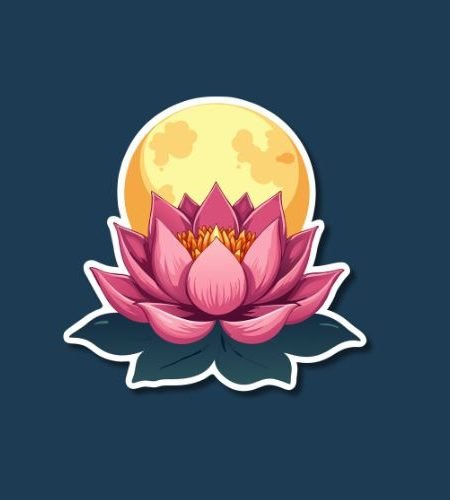Every year, Vesak (Buddha’s Birth) is observed on the first full moon of May, commemorating the birth, enlightenment, and passing of Gautama Buddha. This sacred day unites millions of Buddhists worldwide in reflection, gratitude, and celebration of the Buddha’s life and teachings.
History of Vesak
Vesak, also known as Buddha Purnima or Buddha Day, has been celebrated for centuries across Buddhist communities. The term “Vesak” derives from the Pali word “Vesākha,” corresponding to the lunar month in which the Buddha’s birth, enlightenment, and death are believed to have occurred. The earliest records of Vesak celebrations appear in ancient texts like the Mahavamsa, a 5th-century chronicle from Sri Lanka.
In 1950, the World Fellowship of Buddhists formalized Vesak as a global observance during a conference in Sri Lanka. Later, in 1999, the United Nations recognized Vesak as an international day of observance, acknowledging Buddhism’s contributions to humanity’s spiritual heritage.
The United Nations officially recognized Vesak in 1999 as an international observance, acknowledging it as the most sacred day for Buddhists worldwide, commemorating the birth, enlightenment, and passing of Gautama Buddha. 1
The UN encourages Member States, international organizations, and civil society to mark this day and promote the core Buddhist values of peace, compassion, and spiritual reflection. In many countries, official events are held under UN initiatives, including interfaith dialogues, meditation sessions, and educational programs aimed at sharing the Buddha’s teachings as part of the spiritual heritage of humanity.
Why is Vesak important?
Vesak holds profound significance as it encapsulates the three pivotal events in the Buddha’s life: his birth, enlightenment, and passing into Nirvana. These milestones serve as reminders of the potential for awakening and liberation inherent in all beings. The day encourages introspection, ethical living, and the cultivation of compassion.
Beyond personal reflection, Vesak fosters a sense of community and shared purpose among Buddhists. It’s a time when individuals come together to engage in acts of kindness, generosity, and service, embodying the Buddha’s teachings in tangible ways.
- Reflects on the Buddha’s journey and teachings.
- Encourages ethical living and compassion.
- Fosters community and shared spiritual practice.
- Promotes acts of kindness and generosity.
- Inspires personal and collective transformation.
How to Celebrate Vesak
Celebrating Vesak can be both a personal and communal experience. Many begin the day by visiting temples, offering flowers, lighting candles, and chanting sutras. These acts symbolize the impermanence of life and the light of wisdom dispelling ignorance.
Engaging in charitable activities is also central to Vesak. This might include donating to the needy, volunteering, or simply extending kindness to others. Some choose to observe a vegetarian diet for the day, reflecting on the principle of non-harming.
- Visit a local temple for prayers and offerings.
- Participate in community service or charitable acts.
- Observe a vegetarian diet as a form of compassion.
- Engage in meditation and reflection on the Buddha’s teachings.
- Share the spirit of Vesak by spreading kindness and joy.
Subscribe to our newsletter and never miss a holiday again!

